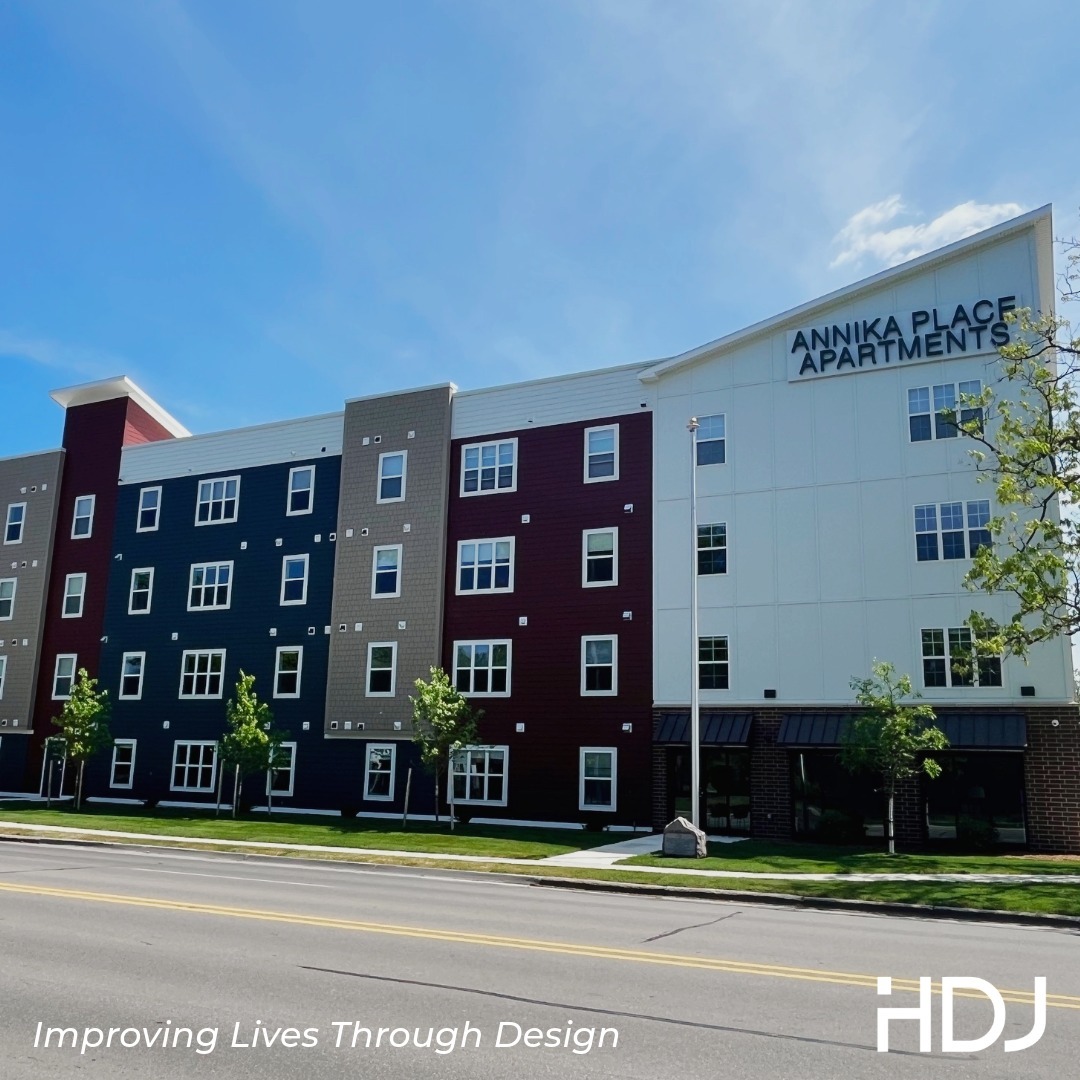It’s no secret that competition is growing for allocations in the affordable housing sector. Ever wonder how the amount each state receives in the Low Income Housing Tax Credits (LIHTC) program is determined?
And because competition is heightened for 9% LIHTC allocations, understanding how much each state receives in tax credits provides developers with relevant data to prepare their forward-looking strategies. As an example of competitiveness in the 9% LIHTC program, take a look at Illinois and Michigan. In Illinois in 2021, of the roughly 50 final applications received, 24 projects received a 9% tax-credit award. Michigan’s October 2021 round saw 43 applications, yet just 14 were successful award allocations. As is the case throughout the entirety of the affordable housing industry, demand is much higher than the available supply.
This imbalance is as a result of the way in which 9% LITHCs are allocated to states by the IRS. By statute, a state only receives an amount on a per capita basis. For calendar year 2022 this amount is the greater of $2.60 multiplied by state population, or $2,975,000. For private activity bonds (PAB), which are used with the 4% LIHTC, the formula is the same; for calendar year 2022, this amount is the greater of $110 multiplied by state population, or $3,235,115,000.

Author: Josh Hahn




